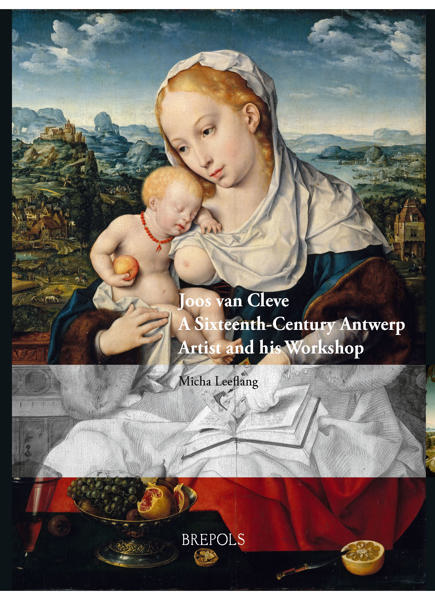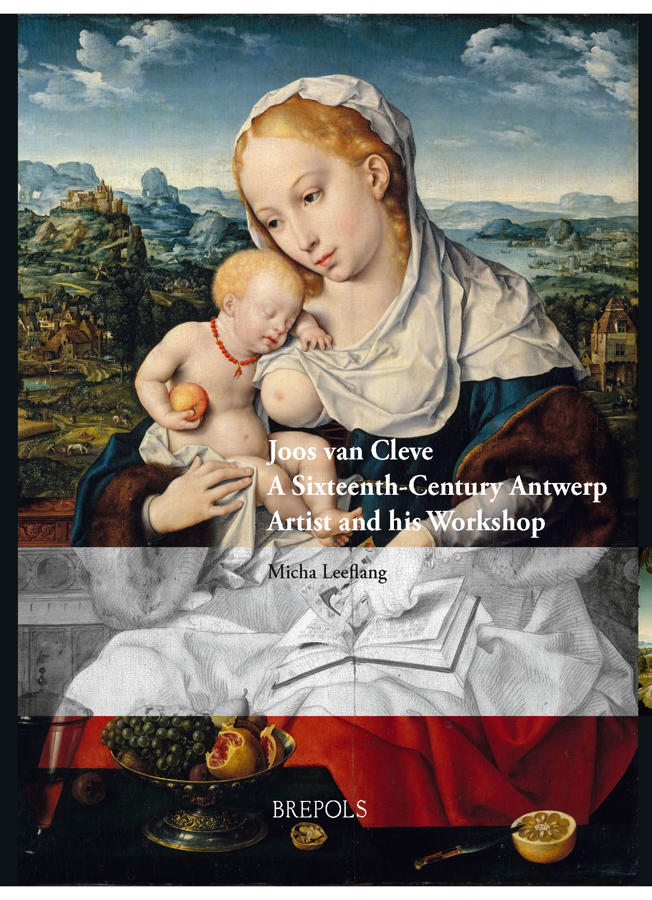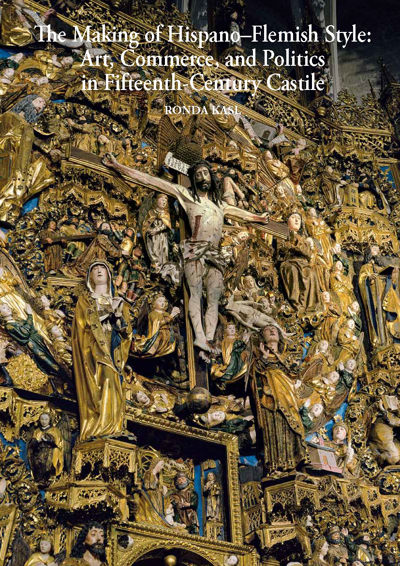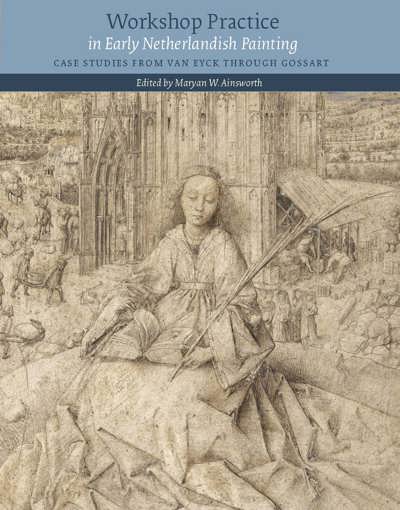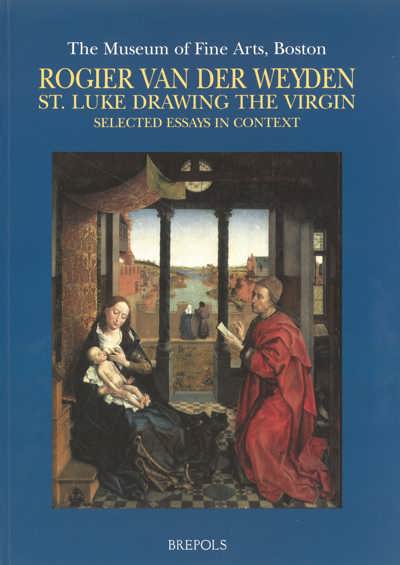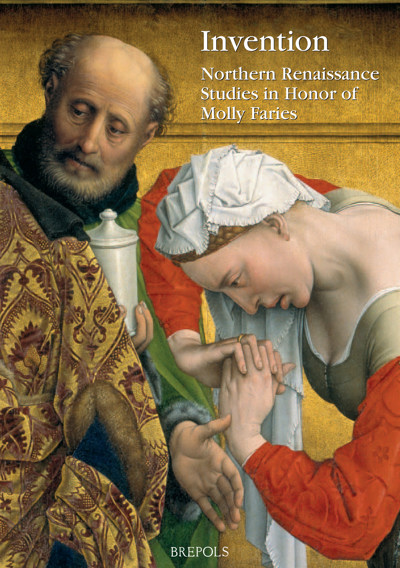
- Pages: 234 p.
- Size:210 x 297 mm
- Illustrations:108 b/w, 168 col.
- Language(s):English
- Publication Year:2015
- € 160,00 EXCL. VAT RETAIL PRICE
- ISBN: 978-2-503-55436-5
- Hardback
- Available
"This exemplary study makes an enormous contribution to the scholarship of early sixteenth-century Netherlandish workshops and to the sophisticated use of IRR research and its interpretation. In combination with John Hand’s 2004 monograph and catalogue raisonné, it comprehensively covers the artist’s entire career with full photographic documentation, Leeflang’s impressive study of the artist’s workshop procedures and his underdrawings provides scholars with new tools for taking a more complete measure of Joos van Cleve’s achievements." (Dan Ewing, in: HNA Review of Books, March 2016)
Micha Leeflang (1975) studied technical art history at the University of Groningen, where she defended her dissertation ‘Uytnemende Schilder van Antwerpen. Joos van Cleve: atelier, productie en werkmethoden’ in 2007. From 2005 to 2007 she was on the staff of the Rijksmuseum in Amsterdam as curatorial researcher. Since 2007 she has been a curator at Museum Catharijneconvent in Utrecht, where she was responsible for such exhibitions as Masterly Manuscripts. The Middle Ages in Gold and Ink (2009), and Surviving the Iconoclasm, Medieval Sculpture (2012-2013). In 2011 she was closely involved in the preparations for the exhibition Joos van Cleve, Leonardo des Nordens in the Suermondt-Ludwig-Museum in Aachen.
The painter Joos van Cleve (c. 1485/90-1540/41) founded an important and influential workshop in Antwerp at the beginning of the sixteenth century. His business instinct and managerial character ensured that the shop ran smoothly and that there were both local and international clients for his output.
More than 300 works are currently attributed to Van Cleve and his workshop. It is a remarkably large oeuvre, far exceeding that of any other contemporary Antwerp artist. The paintings that left his shop are of a superb quality and craftsmanship.
Van Cleve and his assistants were responsible for lifelike portraits, altarpieces of varying sizes, and the mass production of popular devotional panels with subjects like The Holy Family, The Madonna of the Cherries and The Infants Christ and St John the Baptist Embracing. How, then, is it possible that these paintings are of such a high quality and craftsmanship? This book contains the answer.
The international nature of Antwerp’s economy, and of its art trade in particular, made Joos van Cleve and his paintings known far beyond the confines of the Low Countries. Although the information about his life and the composition of his oeuvre was unclear for a long time, Joos van Cleve can now once again be numbered among the great successful painters of the early sixteenth century.
